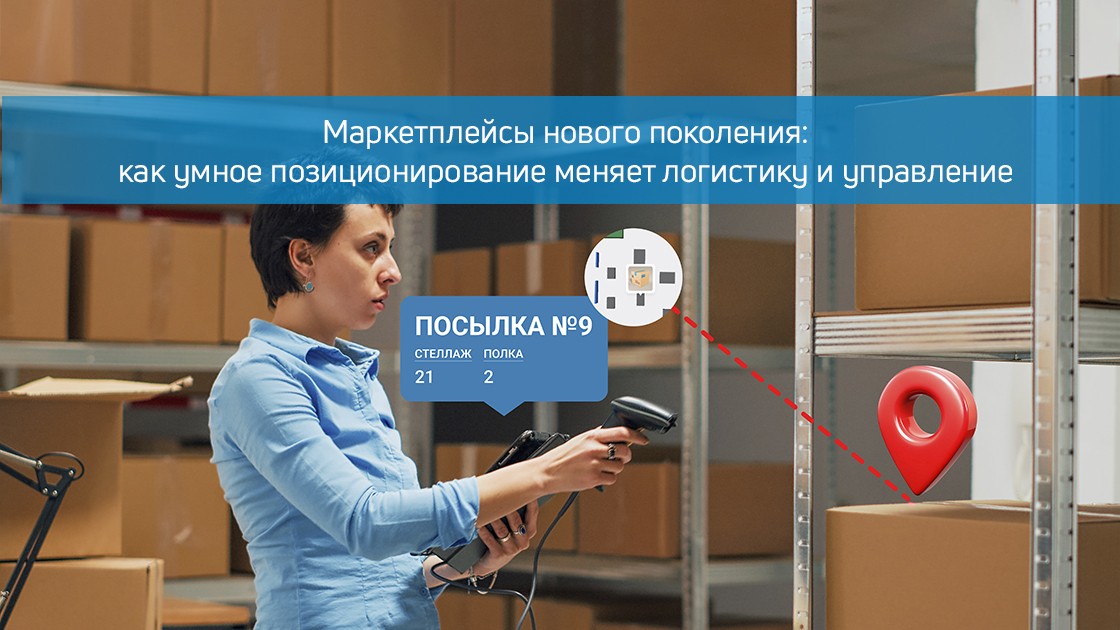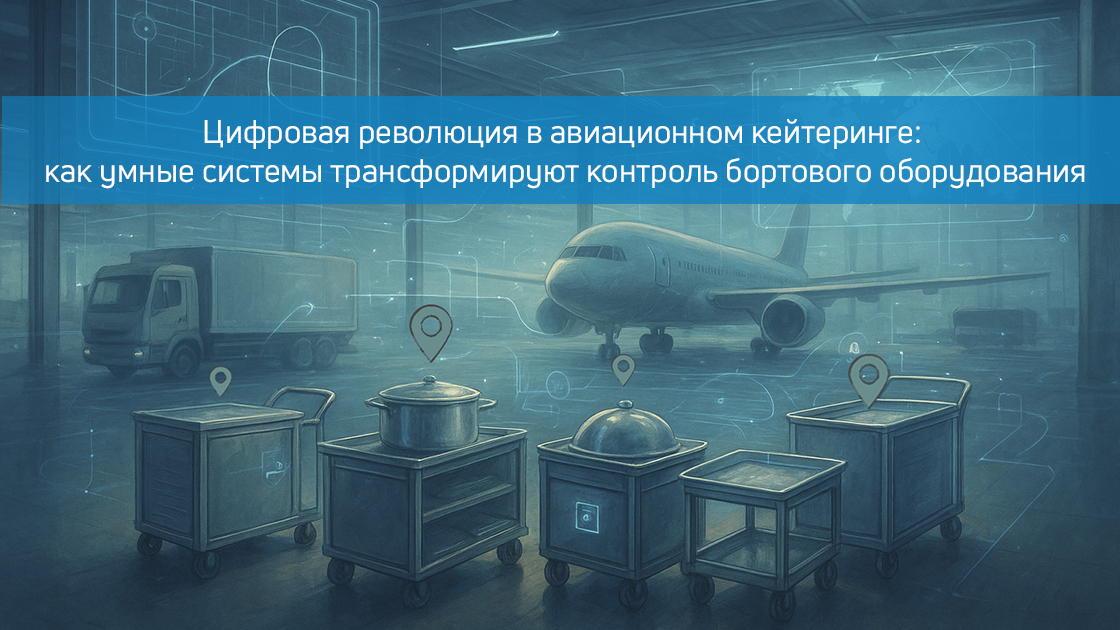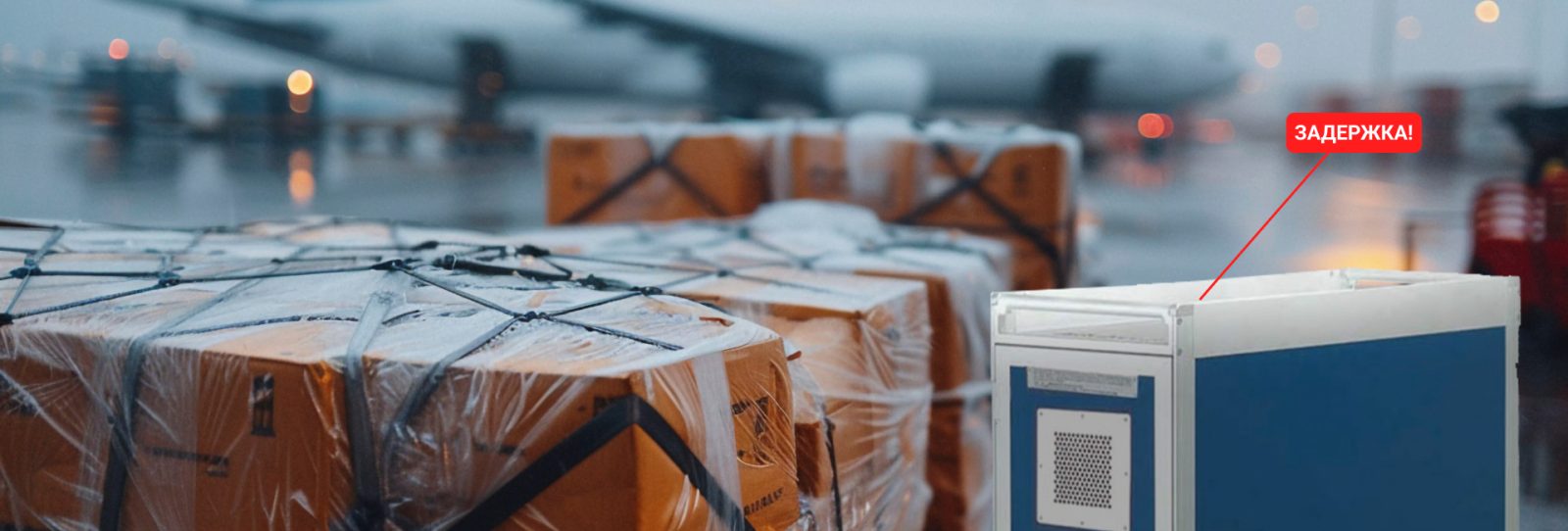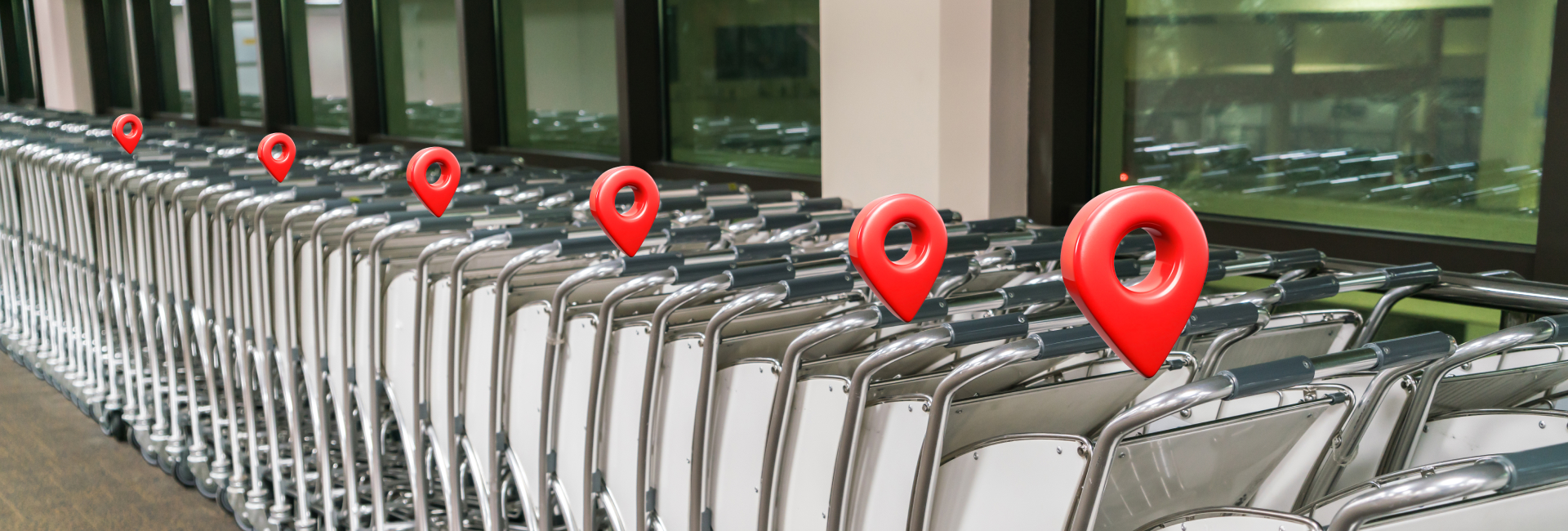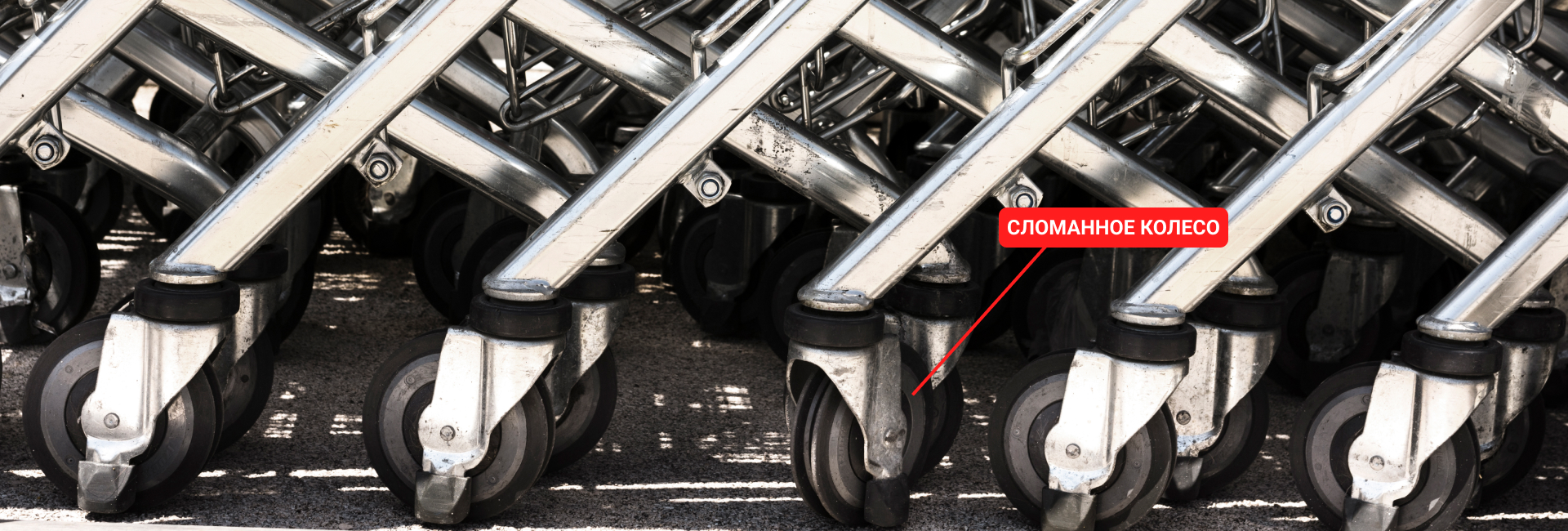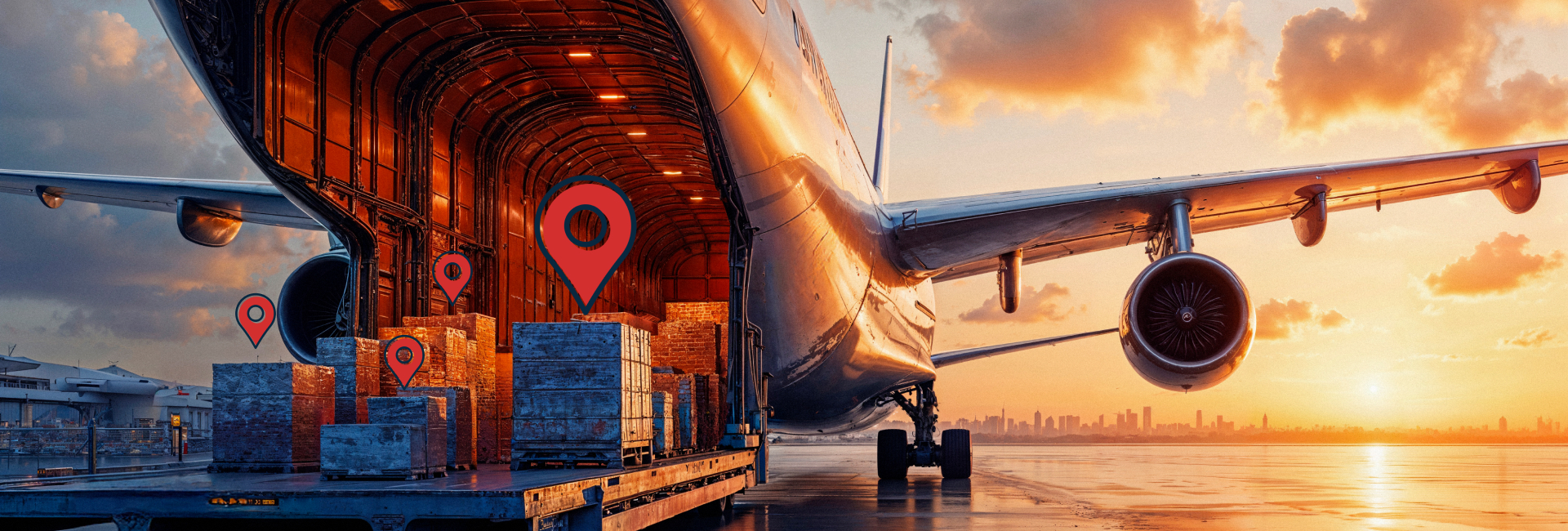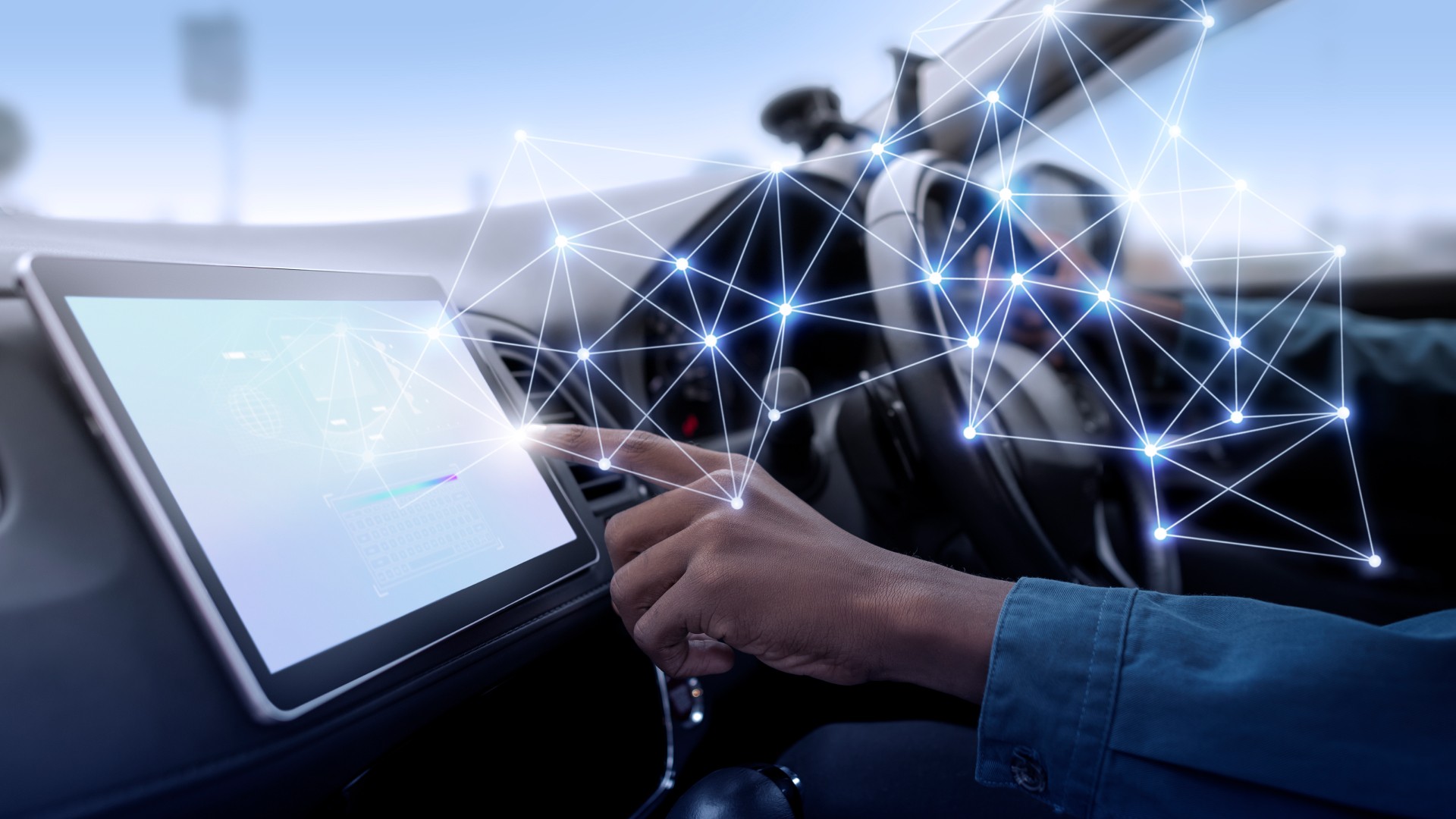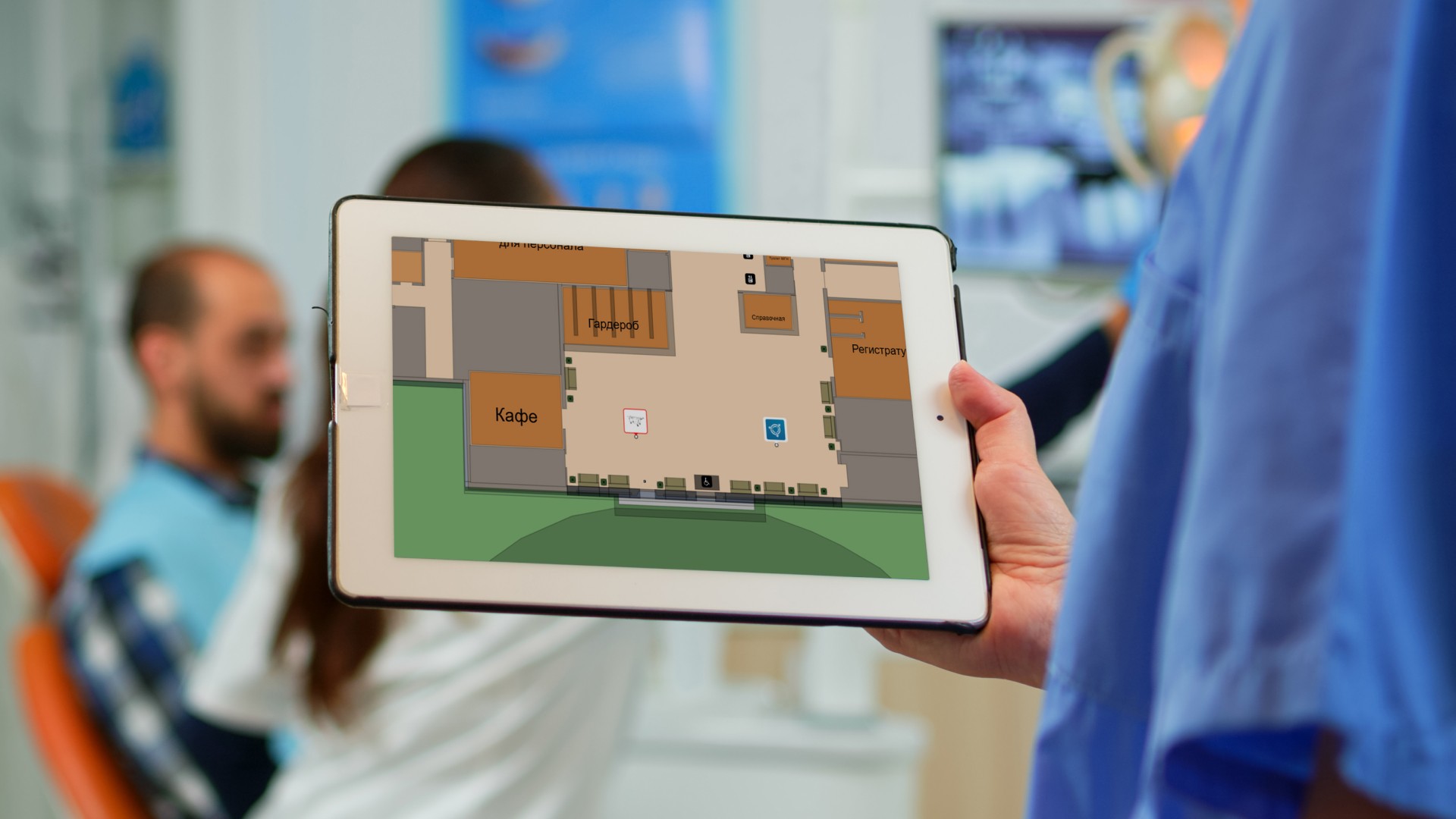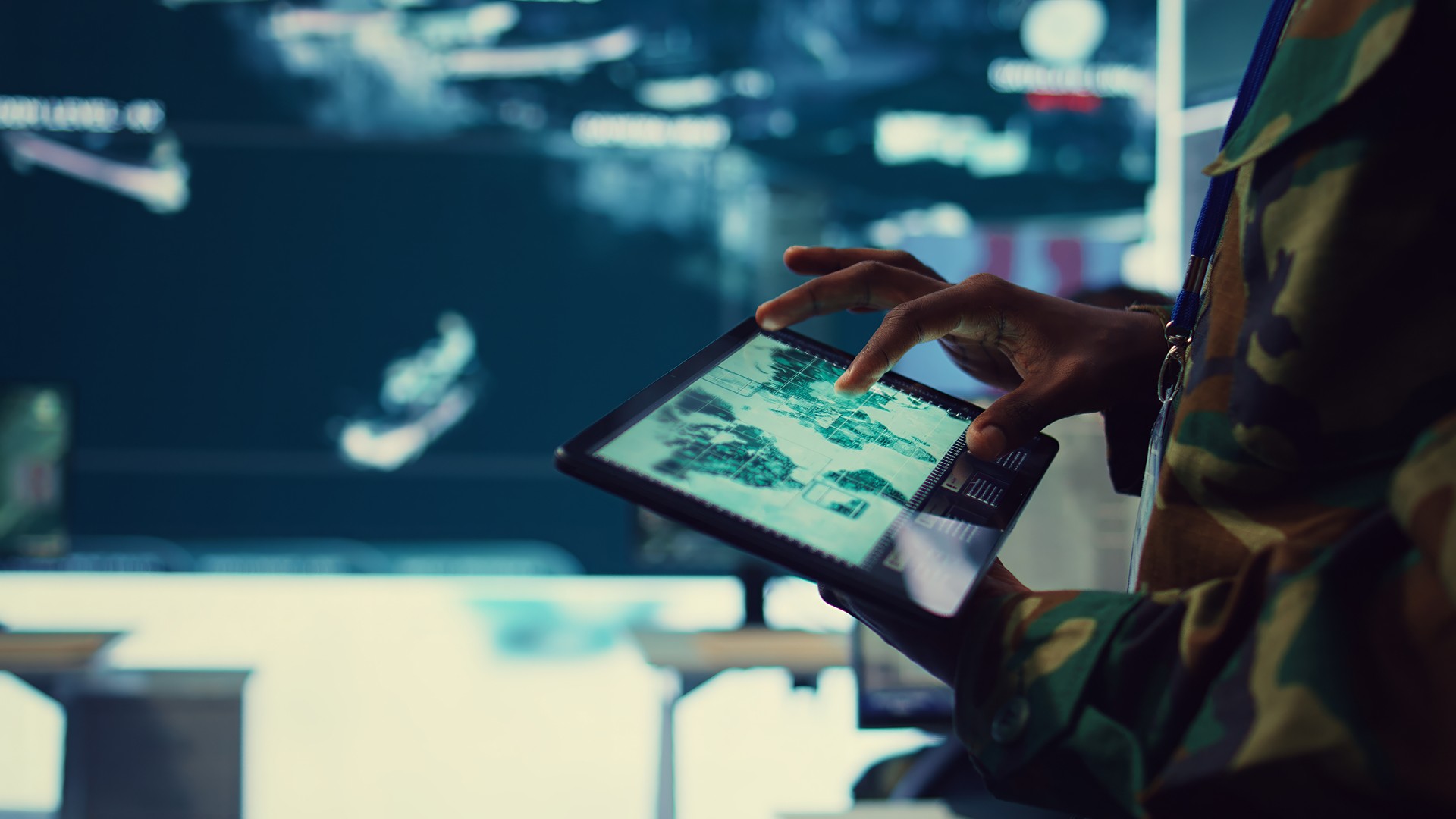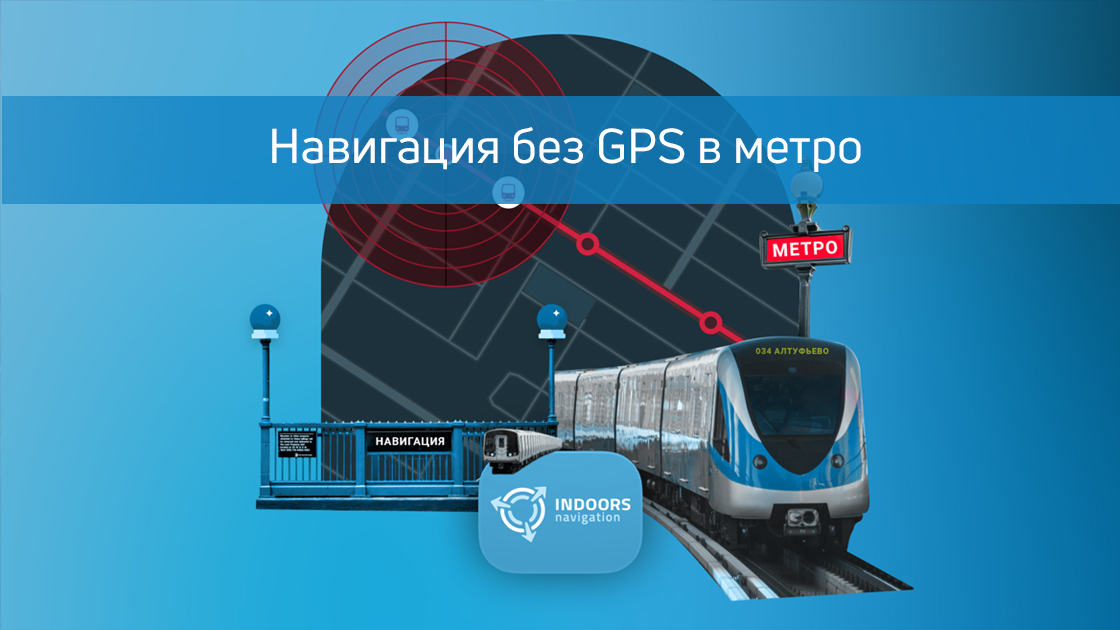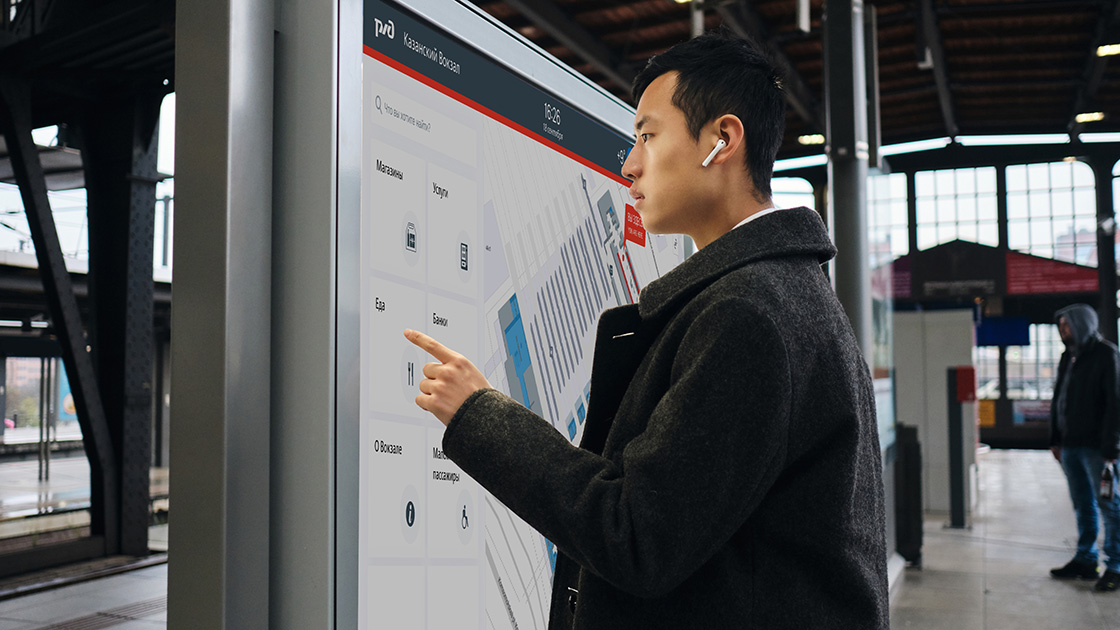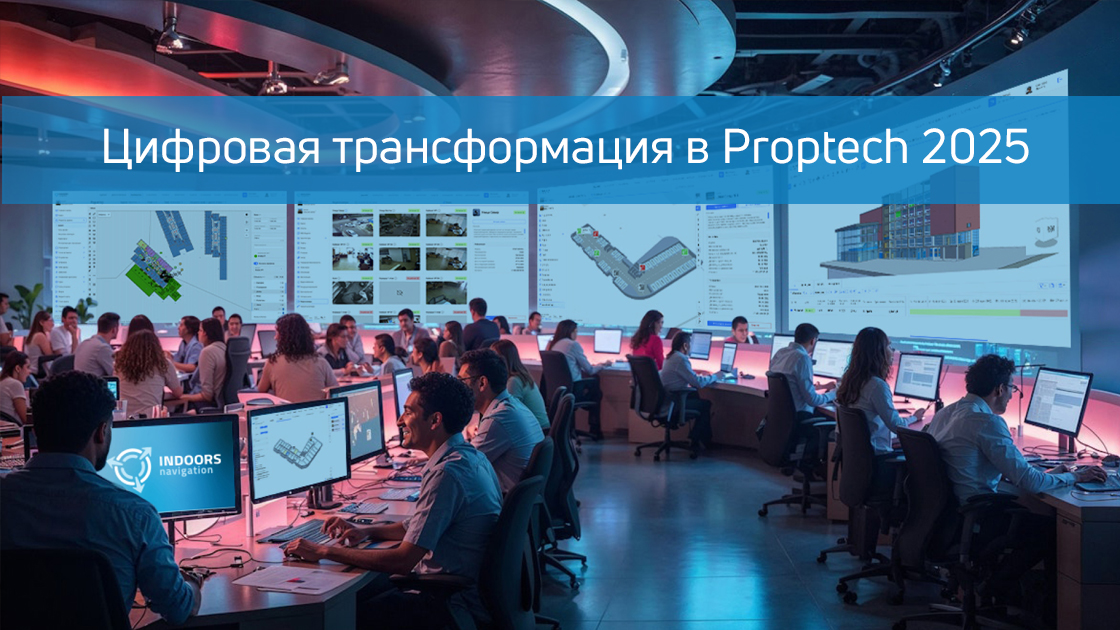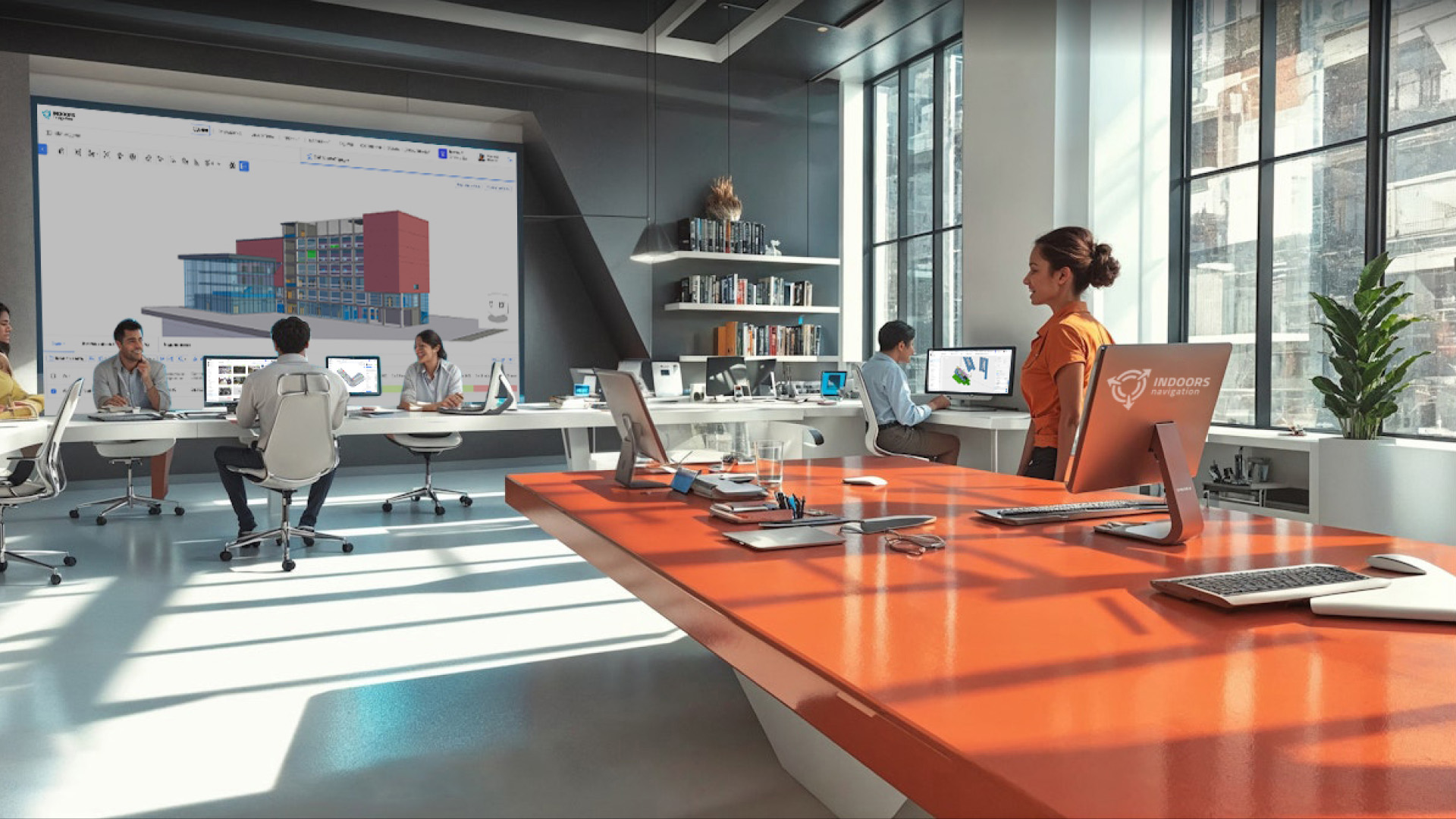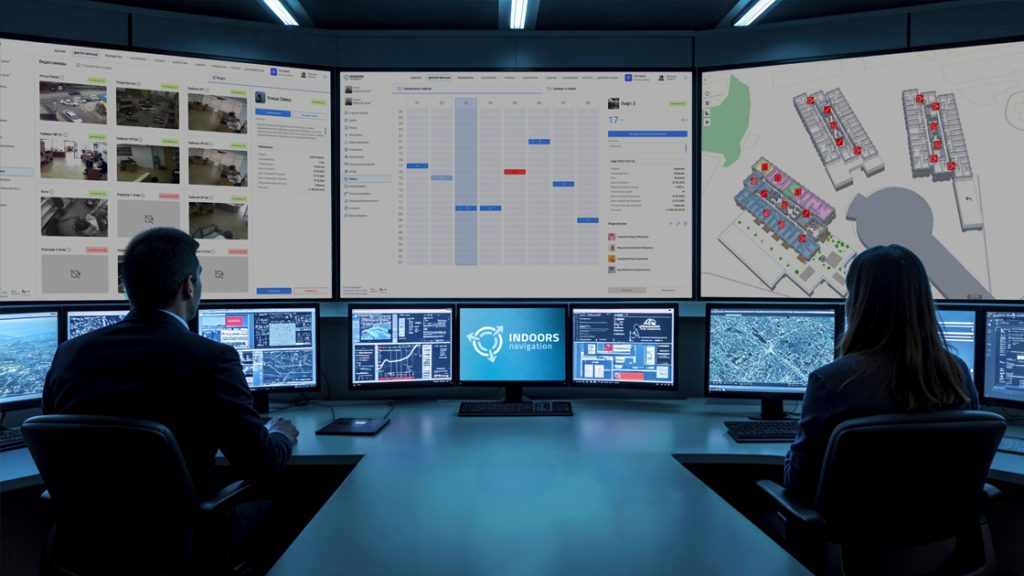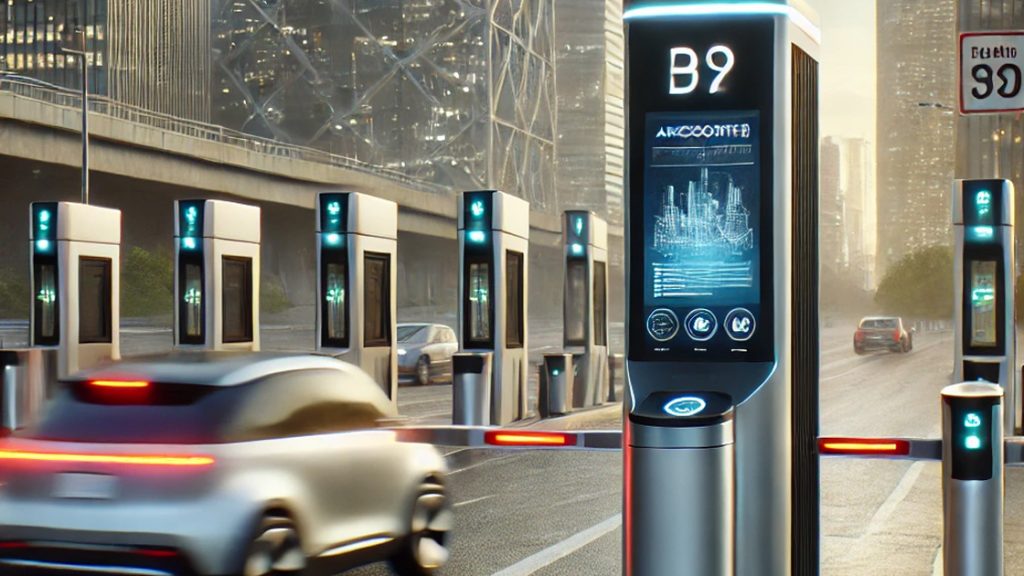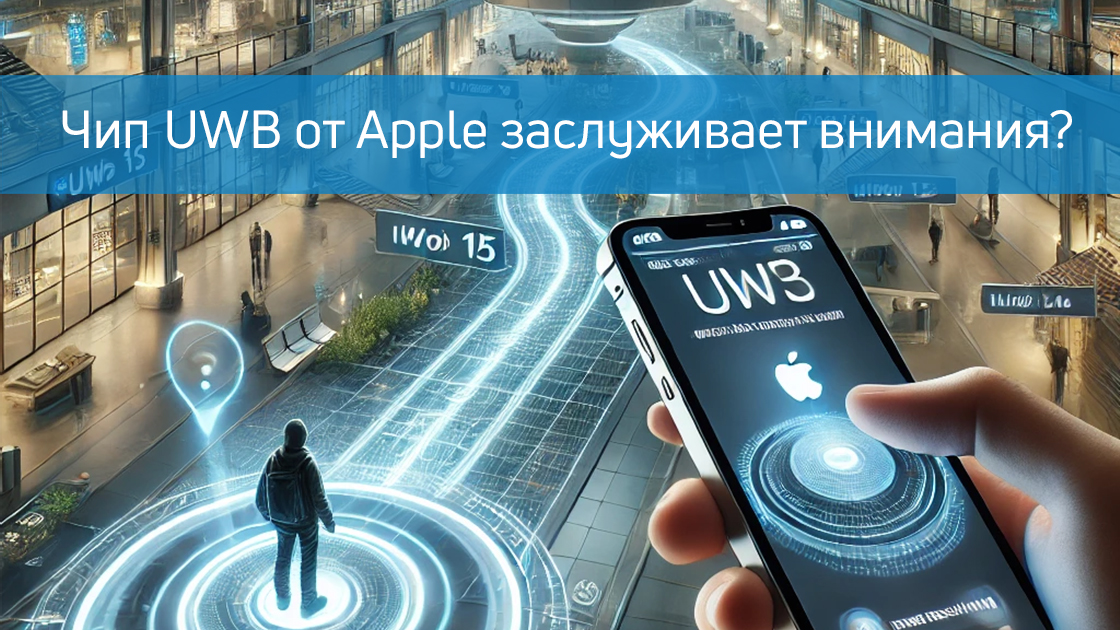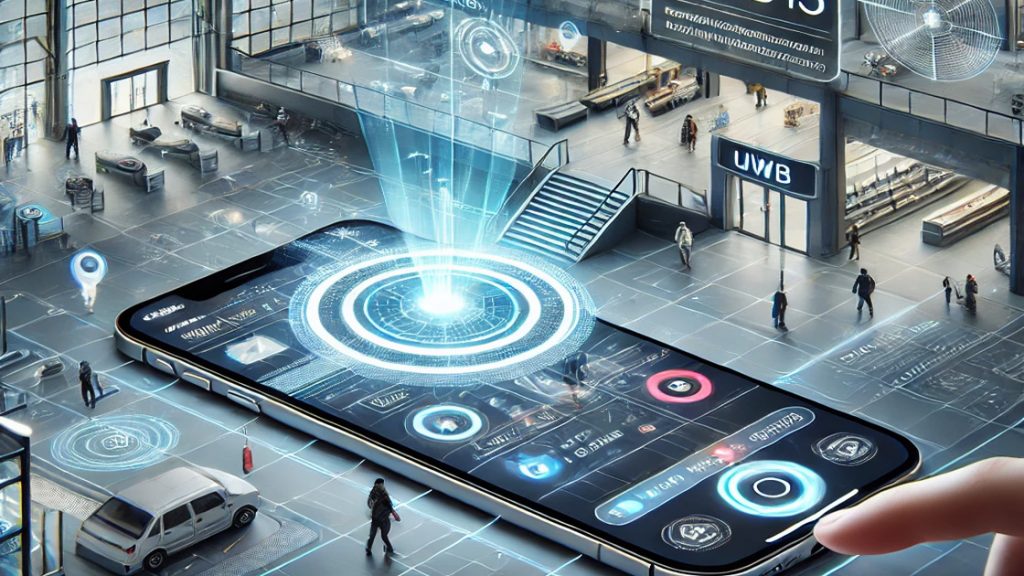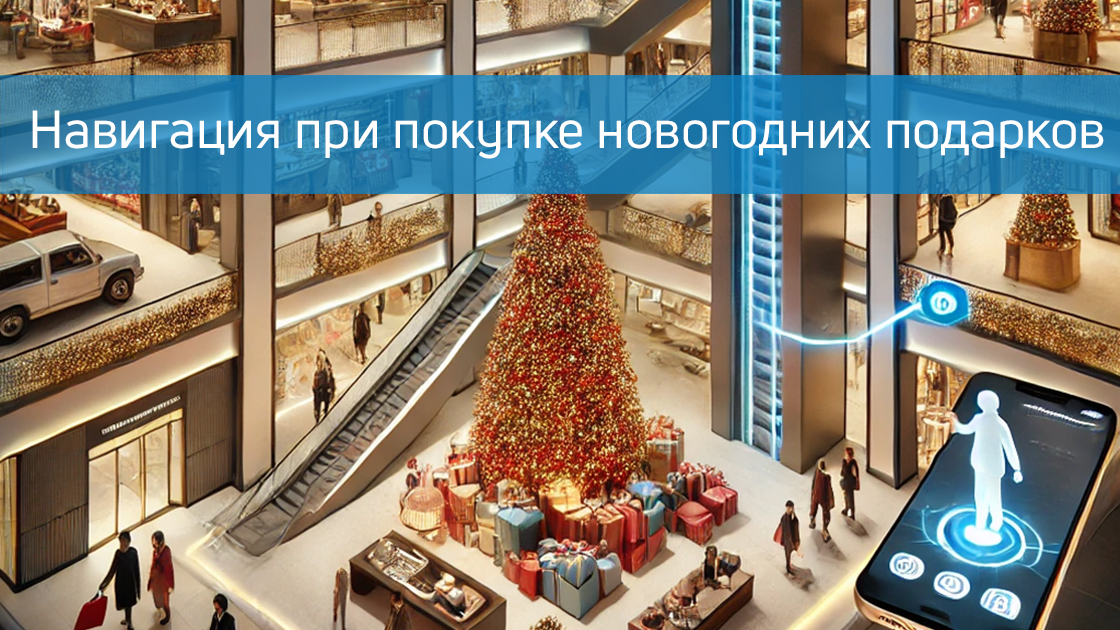The invisible revolution in the marketplace space
A quiet revolution is taking place in the huge distribution centers of modern marketplaces, where tens of thousands of products pass through every day, and hundreds of employees move between the shelves. Traditional management methods based on paper lists and manual accounting are giving way to intelligent positioning systems that transform chaotic movement into a slender digital ballet. These technologies, combining tracking of goods, equipment and personnel, create a fundamentally new environment for marketplaces – an environment where every object and every employee become part of a single digital ecosystem with precision to the centimeter.
Modern positioning systems inside marketplace warehouses are complex technological complexes that combine ultra-broadband (UWB) tags, Bluetooth beacons, and computer vision. Unlike traditional accounting systems that require constant manual data entry, the new solutions offer continuous monitoring of all assets in real time. When an order collector takes an item off the shelf, the system not only records this action, but can also suggest the optimal route to the next collection point, saving precious seconds, which turn into hours and days of saved time on the scale of a large warehouse.
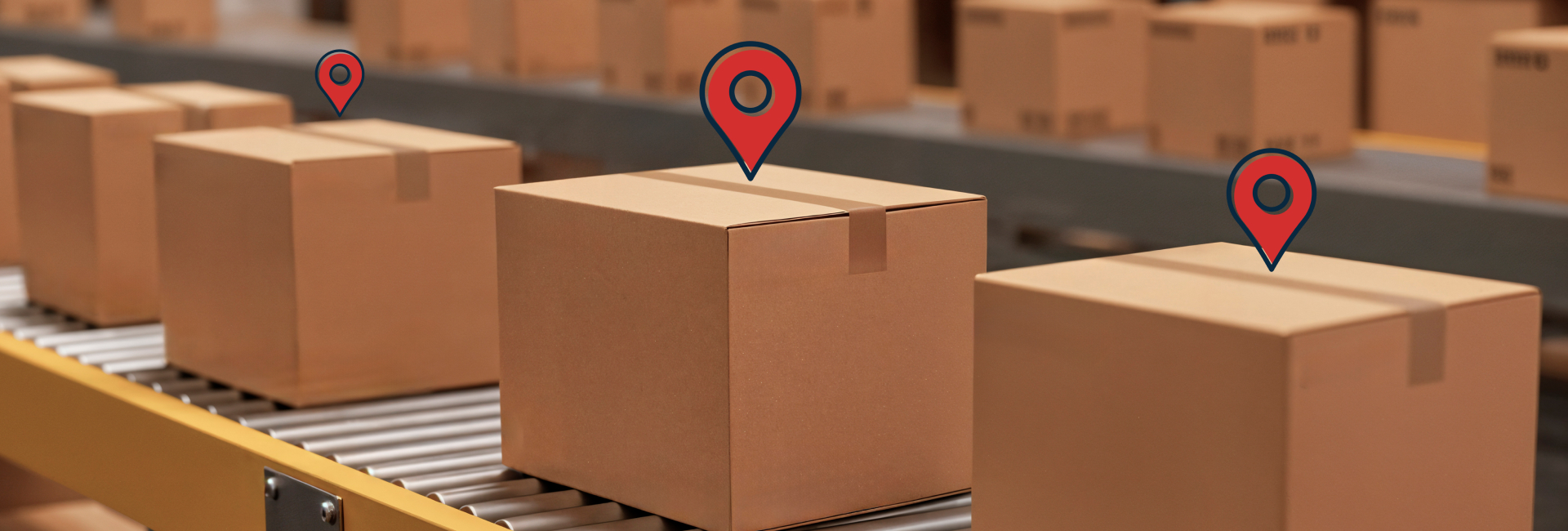
The anatomy of a Smart warehouse: from tags to analytics
At the heart of any modern marketplace distribution center is a positioning system that resembles the nervous system of a living organism. Every product, every cart, and every employee are equipped with special tags that continuously exchange signals with a network of receivers deployed throughout the warehouse. These signals do not pass through concrete walls and metal structures, but they can achieve accuracy that is unattainable by conventional GPS technologies. Such systems are particularly impressive in multi-tiered warehouse complexes, where traditional navigation methods simply lose their orientation in three-dimensional space.
Один из крупнейших маркетплейсов внедрил подобную систему на своем флагманском складе площадью более 100 000 квадратных метров. Результаты превзошли все ожидания: точность комплектации заказов увеличилась на 15%, а скорость обработки заказов выросла на 20%. Но что еще важнее – система позволила выявить неочевидные узкие места в логистических потоках, которые годами оставались незамеченными. Оказалось, что некоторые зоны склада создавали своеобразные «пробки», где сотрудники тратили до 30% рабочего времени на ожидание. После реорганизации этих зон общая эффективность работы склада выросла как минимум на 12%, что в денежном выражении составило десятки миллионов рублей ежегодной экономии.
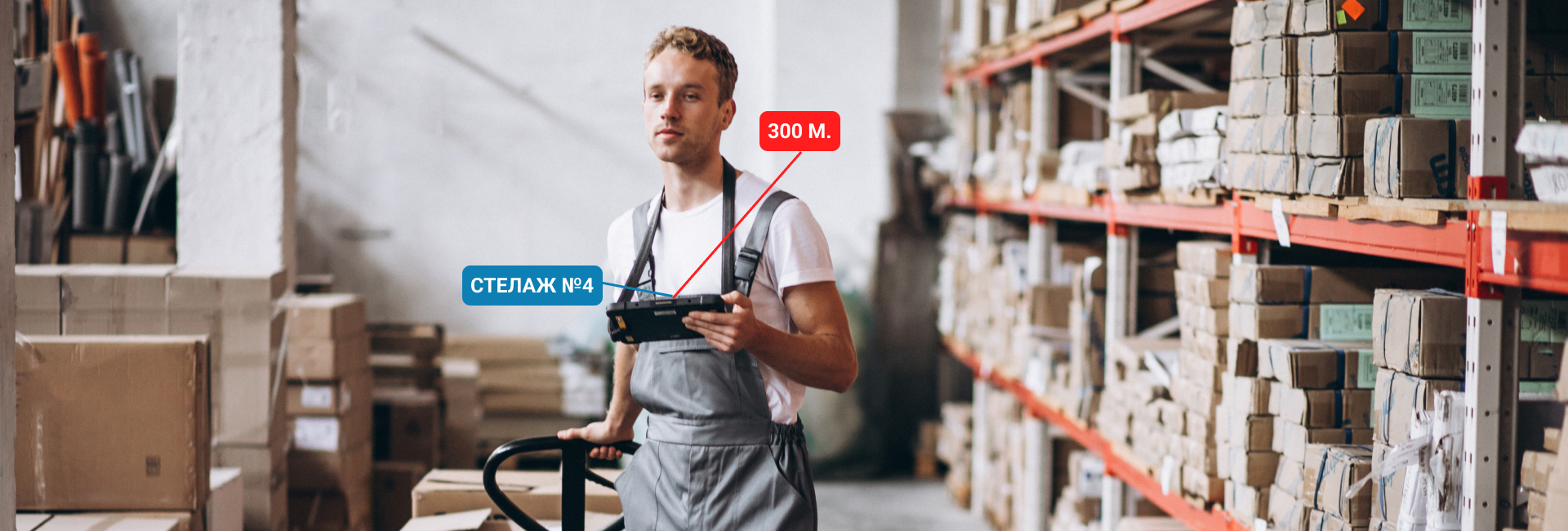
Pick-up points as a center of customer experience
Marketplace pick-up points, often located in busy urban areas, pose a particular challenge to positioning systems. With limited space and high visitor traffic, every minute of downtime results in queues and customer dissatisfaction. Intelligent tracking systems allow you to optimize these processes, turning chaotic traffic into a strictly organized flow. When the courier arrives for unloading, the system already knows exactly where each shipment should be placed, and the staff at the pick-up point receive precise instructions on their mobile terminals.
The example of a network of pick-up points in one of the leading marketplaces is particularly illustrative, where the introduction of a positioning system has reduced the average customer service time from 7 to 3 minutes. This is made possible by accurate tracking of each order within the premises – from the moment it is received to delivery to the final recipient. The system automatically determines the optimal storage location for each parcel, taking into account its size and delivery time, as well as predicts peak loads, allowing staff to be reallocated in advance. As a result, customers receive their orders faster, and operators work at a more comfortable pace without hassle.

Marketplace Office Centers: a digital ecosystem
Outside of warehouses and pick-up points, positioning systems find equally interesting applications in office complexes of marketplaces, where hundreds of employees from various departments are concentrated. In these smart spaces, tracking technologies help not only to find people and equipment, but also to optimize the office space itself. By analyzing actual employee movement routes between departments, the system can offer more efficient job placement, reducing unnecessary movements and increasing overall productivity.
After implementing the positioning system, a large marketplace with an office campus of 25,000 square meters found that about 40% of meetings between employees of different departments occur randomly in corridors and recreation areas. This observation led to a revision of the concept of office space – instead of the traditional zoning by departments, special collaborative zones were created, which increased the efficiency of cross-functional interaction by 18%. At the same time, the system made it possible to reduce the loss of office equipment (laptops, projectors, mobile devices) to almost zero, since now the location of each valuable item is always known with accuracy to a specific office.
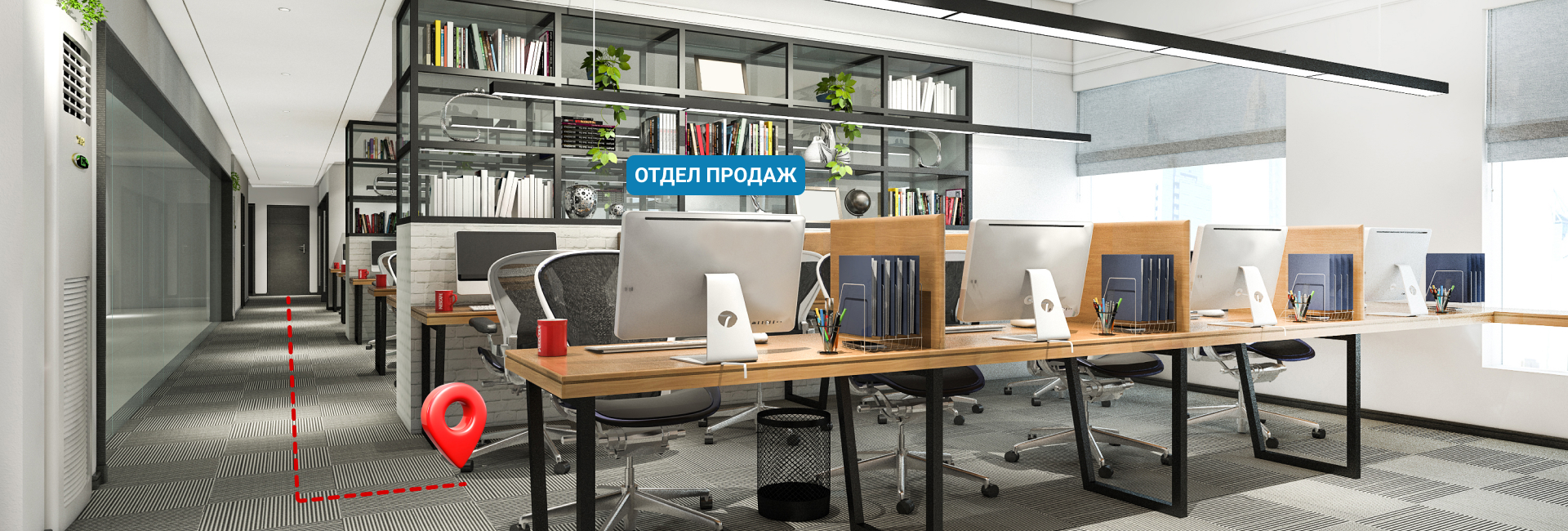
Transport logistics: from the warehouse to the customer's door
Транспортные потоки маркетплейсов представляют собой сложнейший организм, где системы позиционирования играют ключевую роль. Отслеживание транспортных средств начинается еще на территории распределительных центров, где каждая машина проходит через систему точного позиционирования, позволяющую оптимально распределить доки для разгрузки. В пути транспорт оснащается специальными трекерами, которые работают даже в условиях городских «каньонов», где обычные GPS-сигналы теряются среди высотных зданий.
The combination of transport tracking and internal positioning systems in warehouses provides particularly impressive results. One of the European marketplaces, which implemented such integration, reduced the downtime of vehicles during unloading from 90 to 35 minutes. This is possible due to the fact that the system knows in advance the exact location of each product in the warehouse and can prepare it for loading even before the arrival of the car. Drivers receive precise instructions on their tablets, including the optimal route through the warehouse and the specific dock where they need to drive to. As a result, transport no longer stands idle in queues, but works as a well-established mechanism, saving time and fuel.
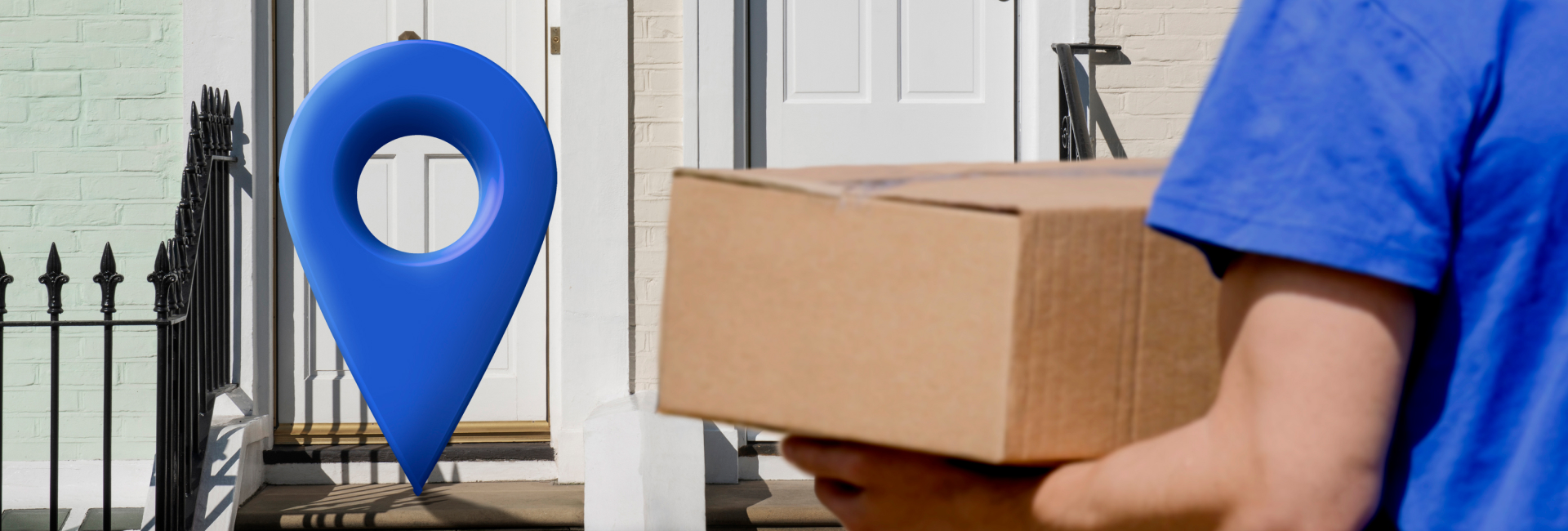
The future of smart marketplaces
Развитие систем позиционирования для маркетплейсов движется в сторону все большей интеграции и интеллектуализации. Современные решения уже сегодня начинают включать элементы искусственного интеллекта, способные не просто фиксировать текущее состояние, но и прогнозировать развитие ситуаций. Система может заранее предупредить о вероятном возникновении «узких мест» в логистических цепочках или предложить оптимальное перераспределение персонала между участками работы. В перспективе это приведет к созданию полностью автономных складов, где большая часть решений будет приниматься искусственным интеллектом на основе данных систем позиционирования.
The company Indoors Navigation is at the forefront of these technologies, offering marketplaces comprehensive solutions for accurate tracking of goods, equipment and personnel. Combining high positioning accuracy with a powerful analytical platform, our systems are already helping the largest market players optimize their operations and improve customer service. In a world where speed and accuracy of order fulfillment are becoming key competitive advantages, intelligent positioning systems are no longer optional – they are becoming an essential element of a successful marketplace, its digital nervous system that ensures the smooth operation of all processes from the moment an order is placed to its receipt by the customer.
Когда каждый товар, каждый сотрудник и каждый транспорт в цепочке поставок маркетплейса становится видимым и управляемым, это меняет саму философию электронной коммерции. Больше нет необходимости держать избыточные запасы «на всякий случай» – теперь можно точно знать, где находится каждый товар в режиме реального времени. Нет нужды тратить ресурсы на поиск потерявшихся отправлений или простаивающего оборудования – система предоставляет всю необходимую информацию мгновенно. И самое главное – появляется возможность принимать управленческие решения, основанные не на предположениях, а на точных данных, собранных со всей инфраструктуры маркетплейса. В этом и заключается подлинная ценность современных систем позиционирования для электронной коммерции – они превращают сложные, запутанные процессы в прозрачную, эффективную и предсказуемую систему.
Leave a request for: https://indoorsnavi.pro/
👇 Subscribe and keep up to date with innovations! 👇

